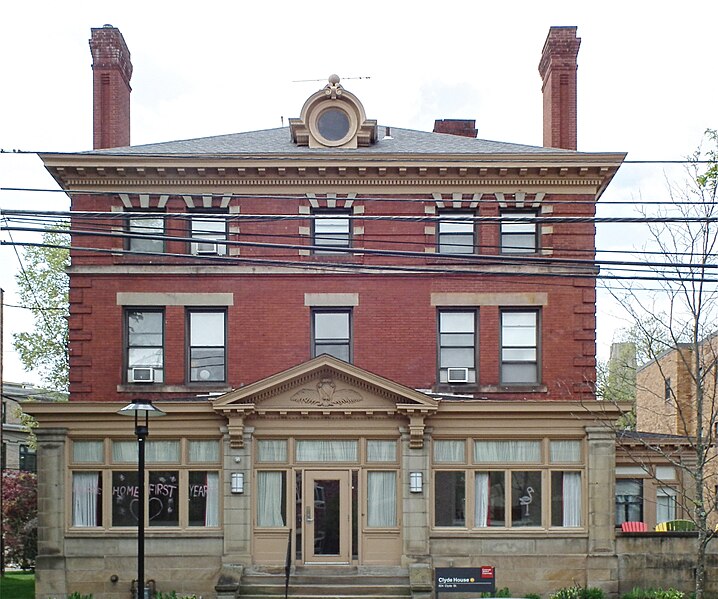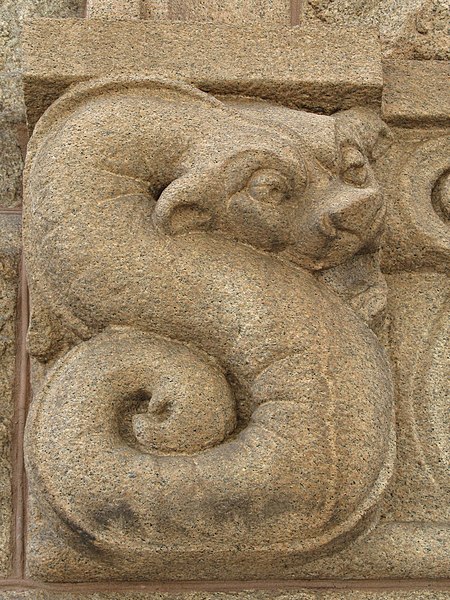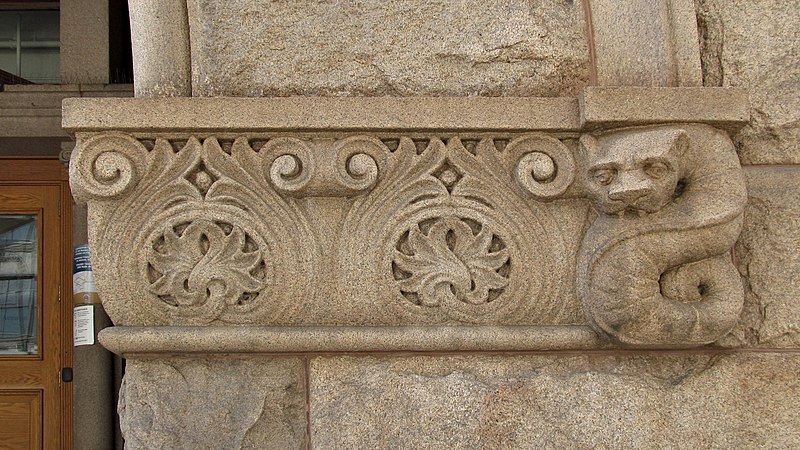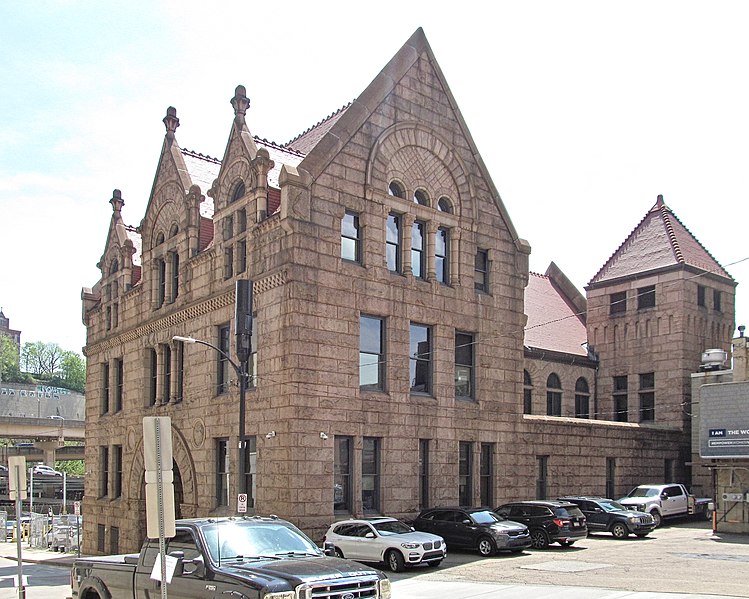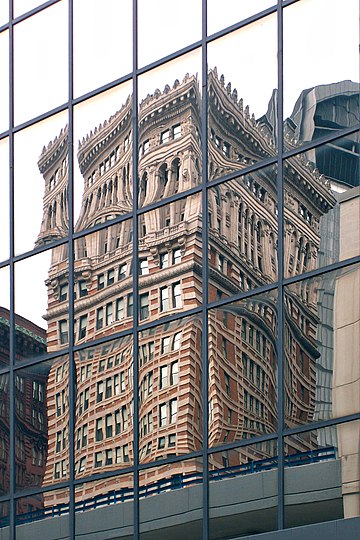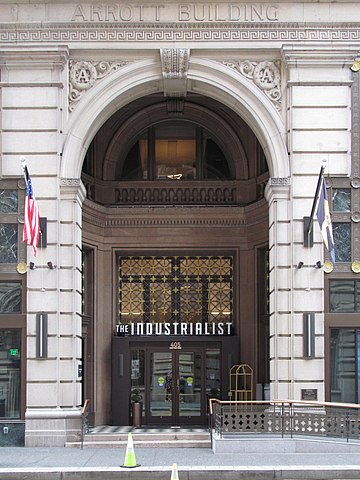
Purely by accident, old Pa Pitt stumbled on this portrait of the great architectural sculptor Achille Giammartini, whose work adorns churches, houses, and commercial buildings all over the city. There is almost no trace of Giammartini on the Web: in fact, search engines usually come up with no more than half a dozen results, and the first two are usually from Father Pitt. So this seems like as good a time as any to announce Father Pitt’s new project.
Bit by bit, Father Pitt is building a Pittsburgh Encyclopedia, where he will keep detailed information about architects, sculptors, neighborhoods, and such things, so that he can refer to those articles rather than repeating himself every time he publishes a new picture. Something similar has worked well with Flora Pittsburghensis and the Flora Pittsburghensis reference site.
At present the Pittsburgh Encyclopedia is just beginning: it has nine articles in total. But we have just added an article on Achille Giammartini that gathers more information about him than exists in any other single place on the Web.

